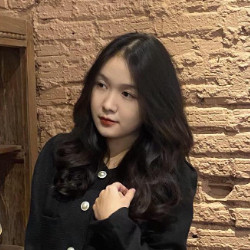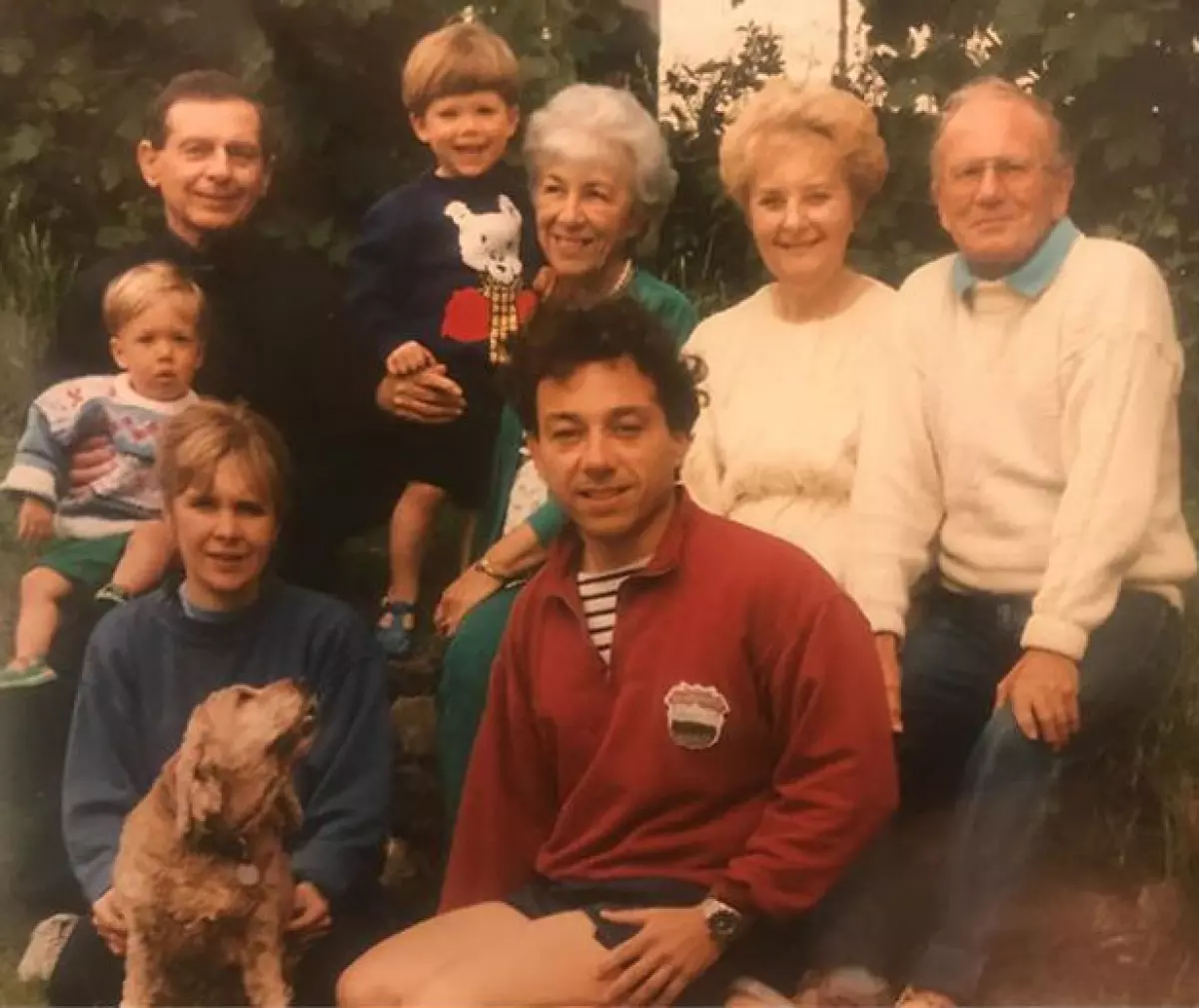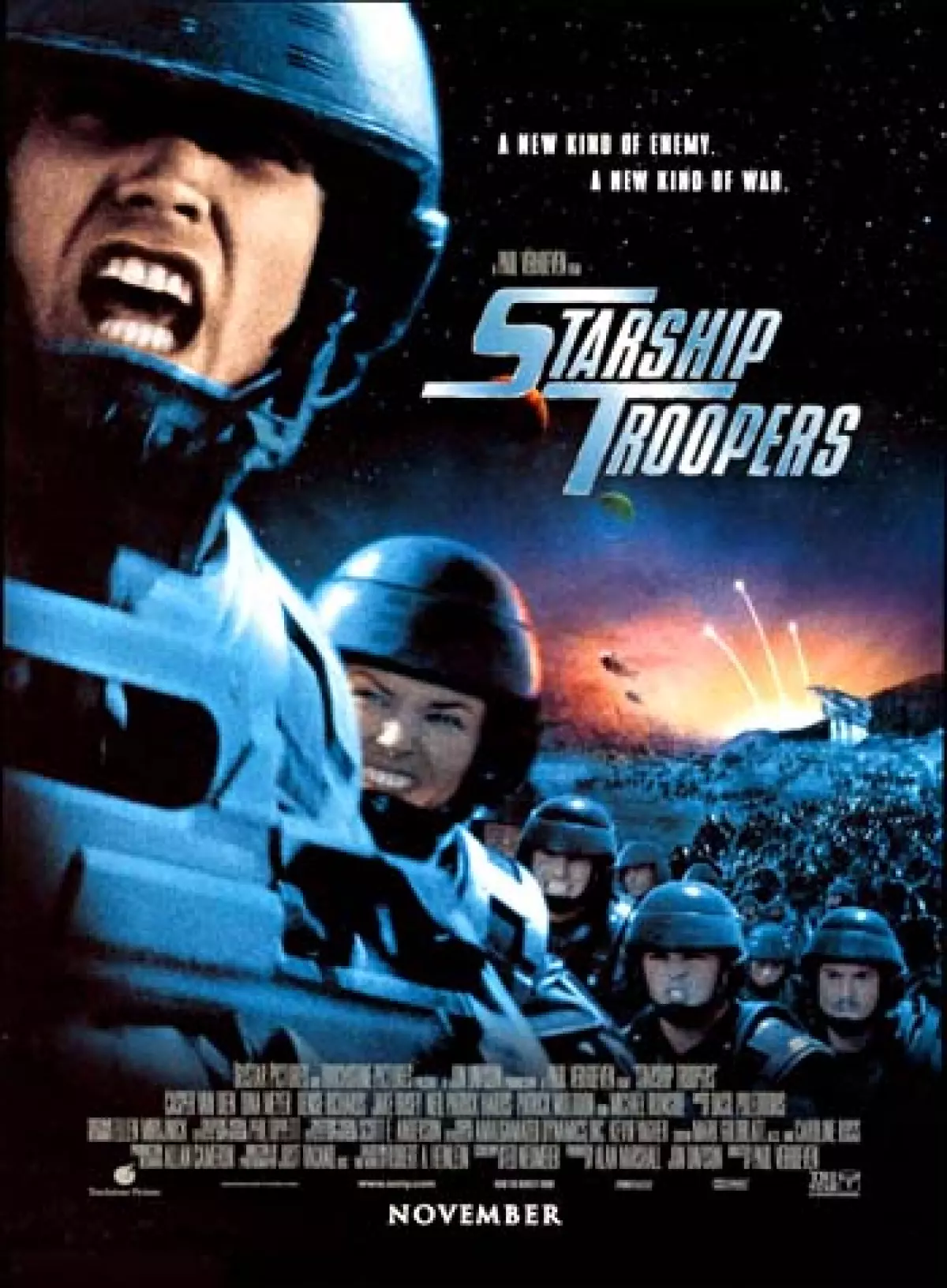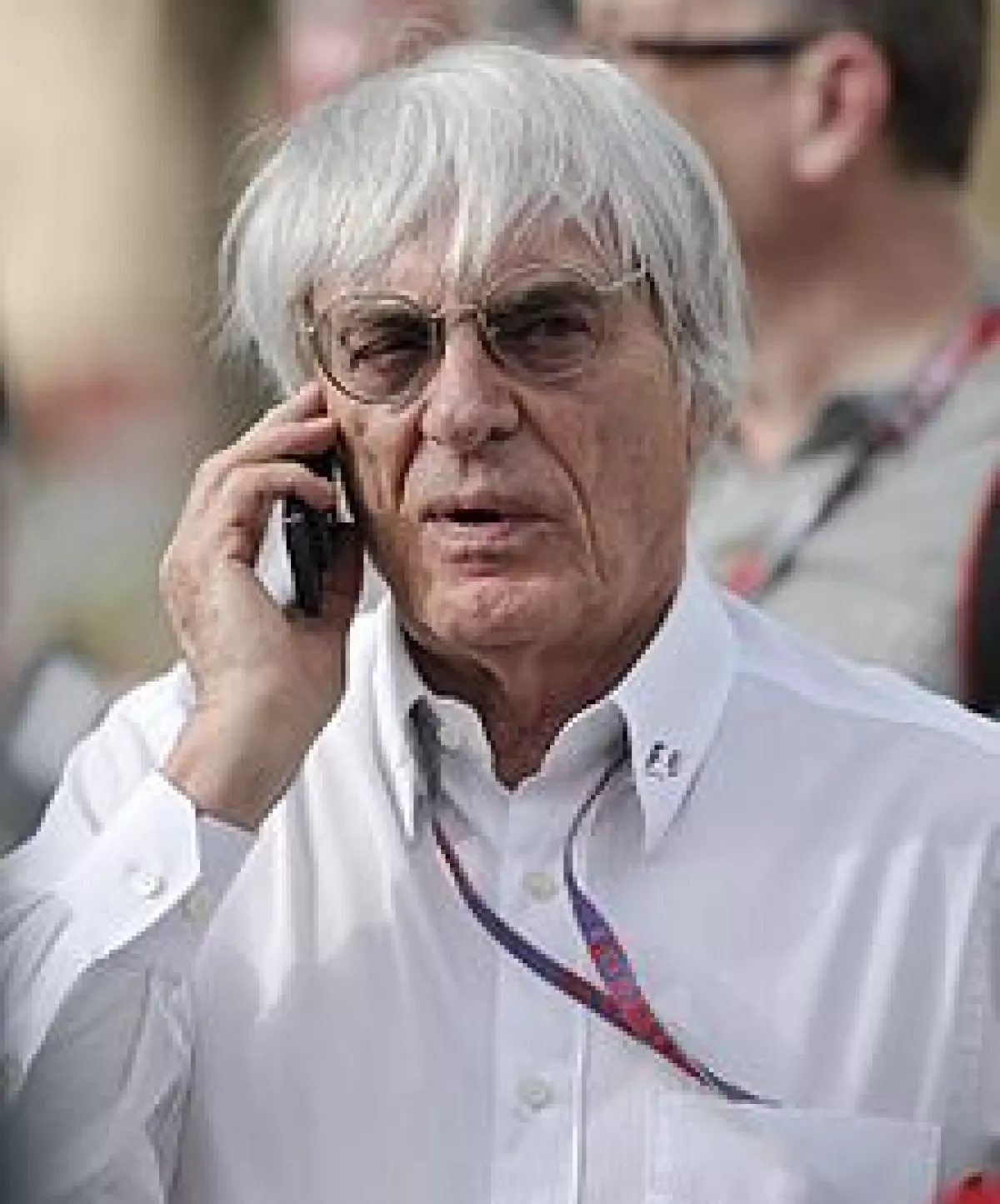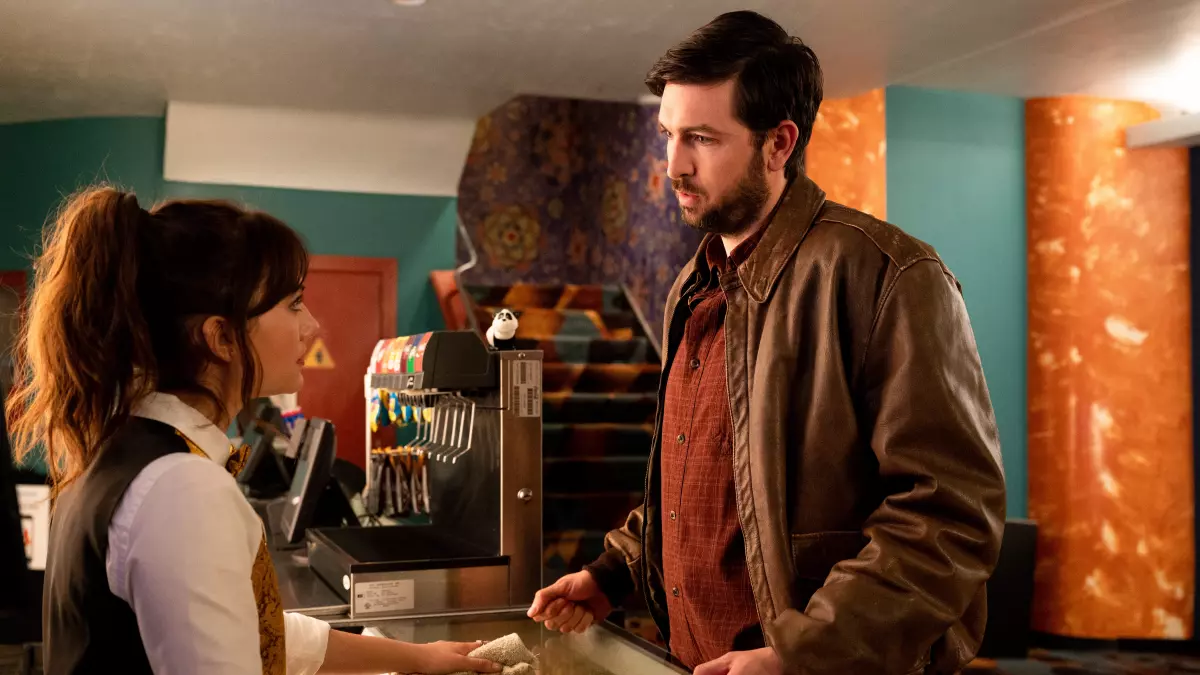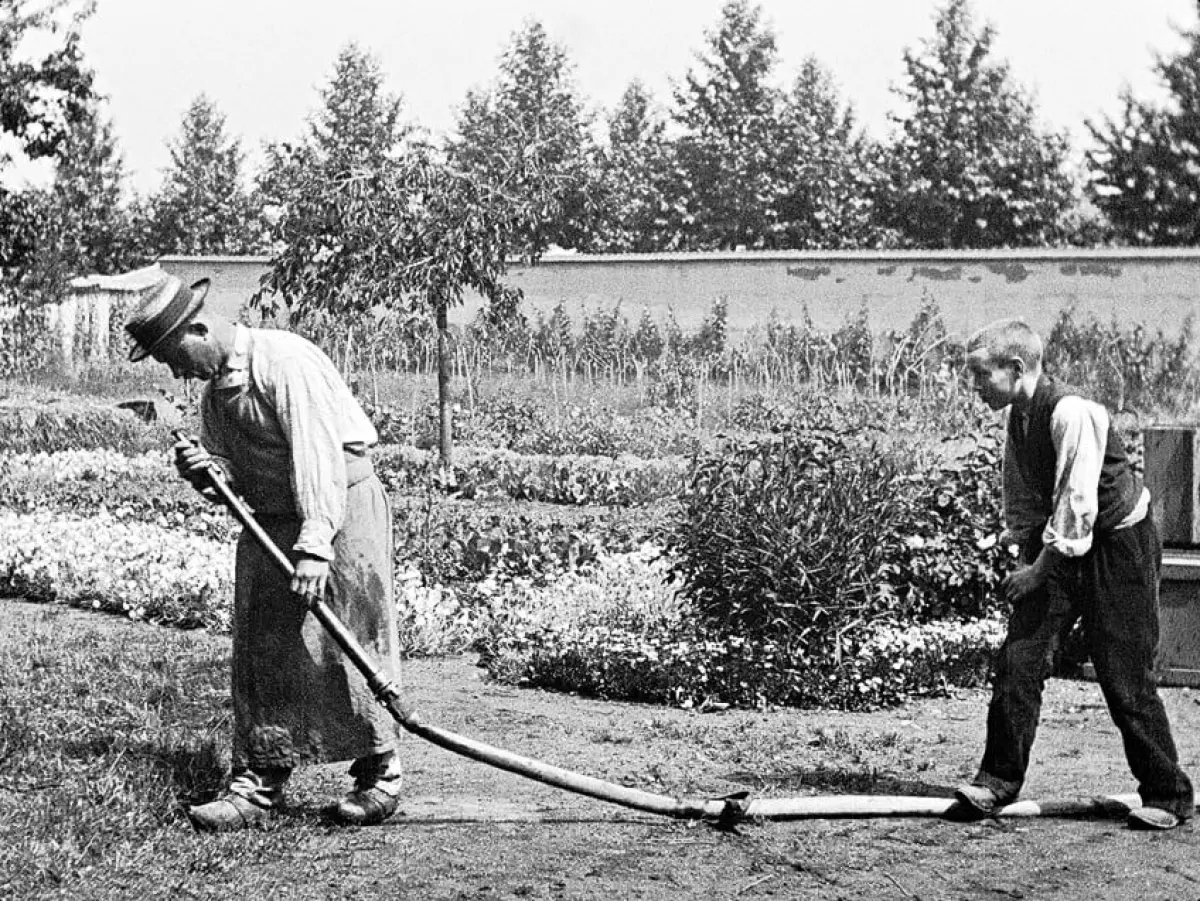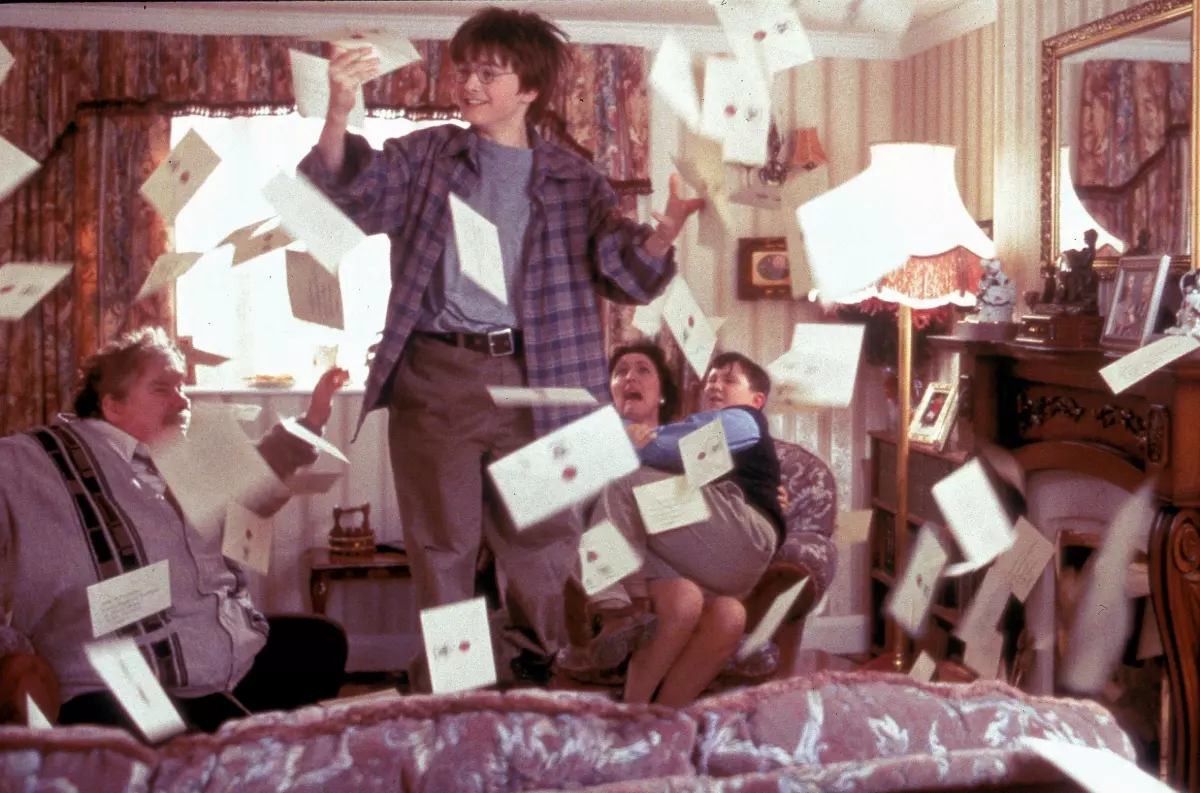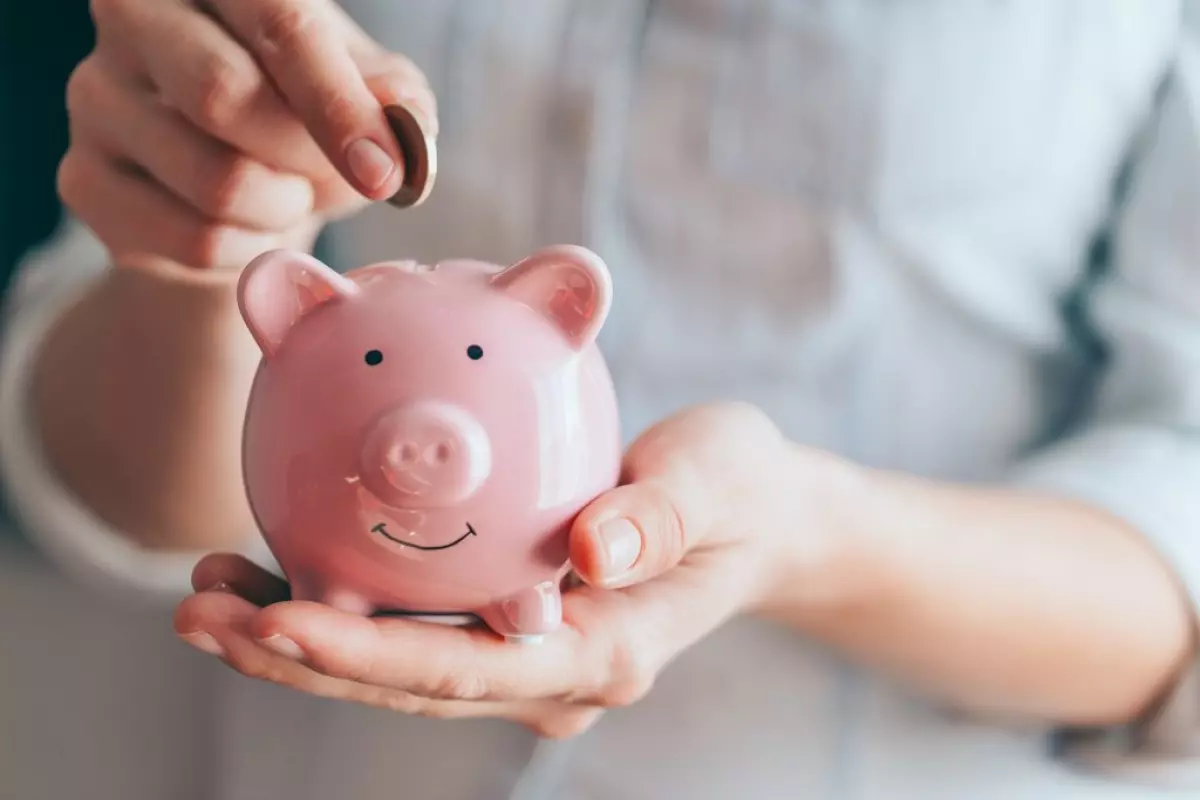For many home sewers, the name Singer is synonymous with sewing machines. Whether you have nostalgic memories of your mom or grandma using an old Singer machine or have a modern Singer model of your own, there is a lot to learn about Singer sewing machine models, history, and value.
Unveiling the History of Singer Sewing Machines
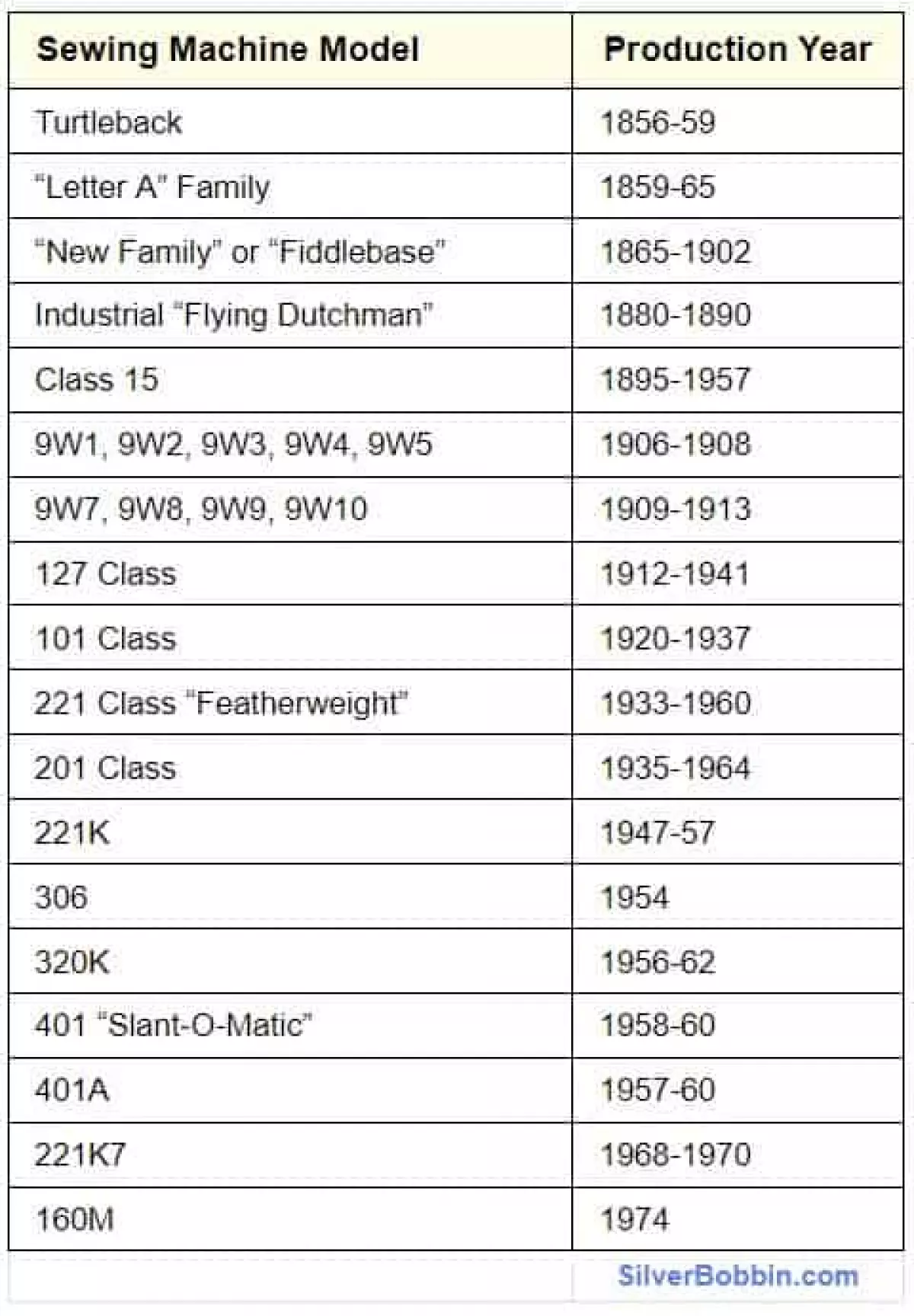 *The evolution of Singer sewing machine models*
*The evolution of Singer sewing machine models*
Founded in 1851, Singer revolutionized the sewing machine industry with innovative designs. Singer sewing machines featured the vibrating shuttle and introduced the world to the first electric-powered machine. This made Singer one of the largest sewing machine retailers globally for more than a century. The Singer Company continues to sell popular machines today.
The company's success can be attributed to Isaac Merritt Singer's brilliant business strategies. While Singer did not invent the first domestic sewing machine, he made significant improvements to the design and launched the first popular installment payment plan. This made sewing machines affordable to the average person, revolutionizing the industry. Singer also marketed the need for a sewing machine in every home, utilizing door-to-door sales and frequent model updates.
Isaac Merritt Singer's personal life was as flamboyant as his business ideas. From his days as a Shakespearean actor to his extravagant display of wealth later in life, Singer led a fascinating life. Despite his scandalous affairs, Singer's company thrived, dominating the global sewing market well into the 1950s.
Popular Antique and Vintage Models
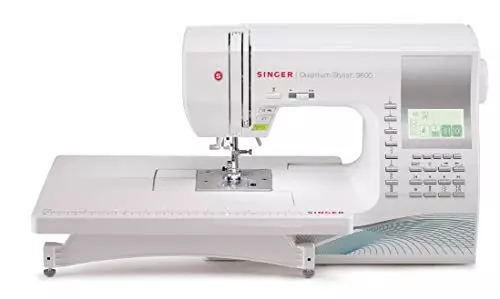 *Vintage Singer sewing machine models*
*Vintage Singer sewing machine models*
Singer has produced thousands of sewing machine models throughout its history. Antique models, made before 1900, are highly sought after for their rarity and collectibility. The Turtleback, sold in 1856, holds historical significance as Singer's first machine designed for domestic use. Another standout model from this era is the Fiddlebase, also known as the Singer 12, which was the first reliable lockstitch machine.
In the vintage category, Singer sewing machines from 1900 to 1960 are known for their solid metal construction and reliability. The Featherweight, or Model 221, was a groundbreaking success for the company. Made of lightweight cast aluminum, the Featherweight became a favorite among quilters due to its ability to sew through thick fabric.
The Slant-O-Matic models, particularly the 401a and 403a, stand out as popular vintage machines. Known for their solid steel components and zigzag stitching, these machines remain highly regarded today for their durability and versatility.
Modern Singer Sewing Machines
 *The modern SINGER Quantum Stylist*
*The modern SINGER Quantum Stylist*
Starting with the Quantum XL1000 in 1994, Singer introduced computerized sewing machines into the market. While today's Singer models are considered mid-line quality, they offer excellent affordability and quality for home sewers. For beginners, models like the 7363 Confidence Machine, the Start 1304, and the M1500 provide simplicity, versatility, and affordability.
Determining the Age and Value of Your Machine
Determining the age of your Singer sewing machine is relatively simple. The model number, usually located below the handwheel, on the front panel above the needle, below the stitch length controller, or on a small metal plate on the front of the machine, can be used to find the manufacturing year. Singer's website provides helpful information and manuals by searching the model number.
Serial numbers also play a role in determining a machine's age. Every Singer sewing machine has a unique serial number that can be used to identify the model number, manufacturing year, and even the machine's worth. The International Sewing Machine Collectors Society offers a database of Singer serial numbers for easy reference.
As for the value of Singer sewing machines, models can range from $50 to over $2,000, depending on factors such as rarity, condition, and year of production. Antique and vintage machines typically sell for $500 to $1,500, while certain collectible models may fetch higher prices. The Featherweight and the Turtleback, among others, remain sought after by collectors and sewing enthusiasts.
Finding Your Singer Sewing Machine

Antique and vintage Singer sewing machines can be found in various places, including online marketplaces, antique stores, estate sales, auctions, and even thrift stores. When purchasing an antique machine, it's important to carefully examine its condition, ensuring it runs smoothly and doesn't show signs of significant damage or rust. Online sellers and reputable antique stores tend to offer machines in better working order.
The Enduring Legacy of Singer Sewing Machines
Despite intense competition from overseas manufacturers, Singer remains a popular and well-respected sewing machine company. From its innovative designs in the 19th century to its accessible vintage models and modern computerized machines, Singer has left an indelible mark on the sewing industry.
Whether you're a sewing enthusiast, a collector, or a beginner, Singer sewing machines offer a rich history, lasting quality, and an array of models to suit various needs and budgets. Explore the world of Singer sewing machines and discover the perfect model for your sewing journey.

